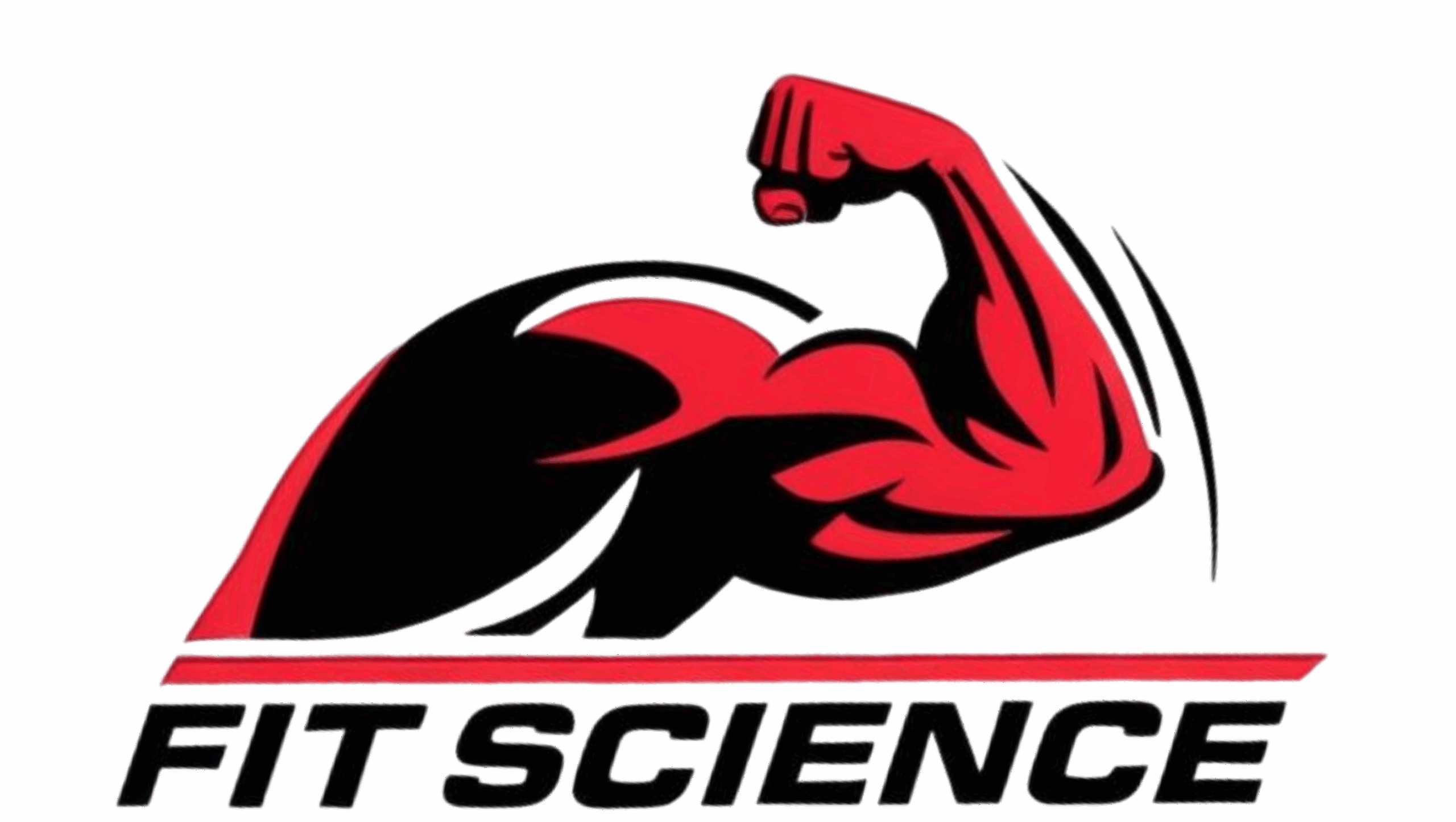Training Splits
You can grow on almost any Training split if you hit enough quality weekly sets, progress load or reps, and recover. The split you choose should match your schedule, stress, recovery capacity, and goals. Below you will find deep dives on the five most effective splits, who uses them, why they work, how to program them, and what results to expect.
Quick Training Split Selector
| Split | Days per week | Frequency per muscle | Best for | Recovery load | Hypertrophy ceiling | Strength carryover |
|---|---|---|---|---|---|---|
| Full Body | 3 | 3x | Beginners, busy pros, recomposition | Low to moderate | High if volume met | Good |
| Upper or Lower | 4 | 2x | Intermediates, balanced growth | Moderate | High | Good |
| Push Pull Legs | 5 to 6 | 2x | Intermediates and advanced with strong recovery | Moderate to high | Very high | Good |
| PHUL or Powerbuilding | 4 | 2x | Lifters who want size and strength together | Moderate | High | Very good |
| Body Part Split | 5 | 1x primary touch, optional micro top up | Advanced physique phases | Moderate to high | Very high with precision | Fair |
1. Full Body Training Split, 3 days per week
Why it works
High frequency per muscle, small per-session fatigue, great skill practice on big lifts. Easy to recover from, ideal for recomposition phases because you can pair frequent training with tighter energy balance.
Who uses it and why
-
Beginners, faster learning and frequent practice
-
Busy professionals, less time per session
-
Intermediates in a cut, better fatigue control
Weekly structure
-
Mon: Squat pattern, horizontal press, vertical pull, hinge accessory, core
-
Wed: Hinge pattern, vertical press, horizontal pull, single-leg, calves
-
Fri: Quad machine or front squat, chest-supported row, dips or push-ups, hamstring curl, arms
Weekly volume target
12 to 18 hard sets per large muscle, 8 to 12 for smaller muscle groups. Start low, add sets only when progress stalls.
Progression
Use double progression. Add reps within a target zone first, then add load. Keep most sets 1 to 3 reps in reserve.
Common mistakes
Too many grinders in one session, neglecting accessories that protect joints, letting sessions creep too long.
Expected results
-
First 8 to 12 weeks: visible strength skill gains, steady muscle gain if nutrition supports it
-
Recomp phases: reliable fat loss with muscle retention or small gain
Mini calendar
Mon Full Body, Wed Full Body, Fri Full Body, Tue Thu Sat optional cardio or mobility
2. Upper or Lower, 4 days per week
Why it works
Two quality touches per muscle each week with clean focus per day. Enough room for compounds and accessories without marathon sessions.
Who uses it and why
-
Intermediates in growth phases, predictable rhythm
-
Athletes in off-season, simple load management
-
Anyone who enjoys clear push or pull balance
Weekly structure
-
Mon Upper push lead, secondary pull
-
Tue Lower quad lead, secondary posterior chain
-
Thu Upper pull lead, secondary push
-
Fri Lower posterior chain lead, secondary quads
Weekly volume target
12 to 20 hard sets per big muscle, 8 to 14 for smaller groups. Push lagging areas toward the upper end, hold others mid range.
Progression
Rotate rep ranges across weeks to manage fatigue. Example, Week 1 6 to 8, Week 2 8 to 10, Week 3 10 to 12, Week 4 deload or low volume.
Common mistakes
Turning every session into a max effort day, ignoring rowing volume balance, skipping single-leg work that fixes asymmetries.
Expected results
-
Strength rises at a steady clip on the big four
-
Noticeable hypertrophy by weeks 6 to 10 when volume is consistent
Mini calendar
Mon Upper, Tue Lower, Thu Upper, Fri Lower, Wed Sat optional low-intensity conditioning
3. Push Pull Legs, 5 to 6 days per week
Why it works
Clear pattern, easy weak point targeting, very scalable. You can bias delts, upper back, or hamstrings without breaking the template.
Who uses it and why
-
Intermediates who love training often
-
Advanced lifters with good sleep and nutrition
-
Physique athletes who need targeted emphasis cycles
Weekly structure, 6 day version
Day 1 Push heavy, Day 2 Pull heavy, Day 3 Legs heavy, Day 4 Push pump, Day 5 Pull pump, Day 6 Legs pump
Weekly volume target
14 to 22 hard sets for large muscles if recovery allows, 10 to 16 for smaller groups. Use the heavy or pump split to manage joint stress.
Progression
Heavy day uses lower rep zones, 4 to 8. Pump day uses 10 to 20 reps with controlled tempos and short rests. Track elbows and shoulders, shift to cables and machines when needed.
Common mistakes
Cumulative elbow and shoulder stress from too many presses and vertical pulls, skipping hamstring volume, living only in the 8 to 12 rep zone.
Expected results
-
Strong hypertrophy potential in 8 to 16 weeks
-
High training enjoyment for those who like frequent gym time
Mini calendar
Mon Push, Tue Pull, Wed Legs, Thu Push, Fri Pull, Sat Legs, Sun rest
4. PHUL or Powerbuilding, 4 days per week
Why it works
Combines low-rep strength practice and higher-rep hypertrophy in the same week. Keeps you strong in the barbell lifts while driving muscle growth with accessories.
Who uses it and why
-
Intermediates who want size and real strength
-
Powerlifters in a volume-focused off-season
-
Bodybuilders who want to keep a big engine
Weekly structure
-
Mon Upper Power, bench and row anchored, low reps
-
Tue Lower Power, squat and hinge anchored, low reps
-
Thu Upper Hypertrophy, chest, back, delts, arms, moderate reps
-
Fri Lower Hypertrophy, quads, hamstrings, glutes, calves, moderate reps
Weekly volume target
Power days, 3 to 5 hard sets per key lift. Hypertrophy days, 3 to 5 hard sets per muscle group. Total 12 to 18 sets per big muscle across the week.
Progression
Power days progress bar speed and clean triples or fives, avoid grinders. Hypertrophy days use double progression and small weekly load jumps.
Common mistakes
Maxing out on power days, which ruins the hypertrophy days, ignoring accessories that protect knees and elbows.
Expected results
-
Strength in compounds rises without stalling size
-
Balanced physique changes in 8 to 12 weeks
Mini calendar
Mon Upper Power, Tue Lower Power, Thu Upper Hypertrophy, Fri Lower Hypertrophy
5. Body Part Training Split, 5 days per week
Why it works
Laser focus on one region per session, high mind-muscle connection, easy to polish weak details.
Who uses it and why
-
Advanced bodybuilders in physique phases
-
Lifters with time for 5 shorter sessions
-
Athletes who want high quality pumps without heavy systemic fatigue
Weekly structure
Mon Chest, Tue Back, Wed Shoulders, Thu Legs, Fri Arms. Add a small second touch inside sessions for lagging parts, for example rear delts on back day.
Weekly volume target
14 to 22 hard sets for main targets across the week, often in a single session. Consider a light top-up later in the week for stubborn areas.
Progression
Use varied tools. Press or row strength climbs slowly, most growth comes from accessories. Rotate rep ranges every 3 to 4 weeks to protect joints.
Common mistakes
Only training each muscle once without a second light exposure, chasing only pumps, underfeeding protein on high-volume days.
Expected results
-
Strong aesthetic detail when nutrition and sleep are dialed
-
Best for advanced lifters who manage fatigue like a pro
Mini calendar
Mon Chest, Tue Back, Wed Shoulders, Thu Legs, Fri Arms, Sat optional calves or posterior chain touch-up
| Muscle group | Weekly hard sets target | Main rep zones | Notes |
|---|---|---|---|
| Quads | 12 to 18 | 5 to 8 on compounds, 8 to 15 on machines | Front squat or hack squat pairs well with leg press |
| Hamstrings or glutes | 12 to 18 | 5 to 8 hinges, 8 to 15 curls or hip thrusts | Keep at least one hinge plus one curl pattern |
| Chest | 12 to 20 | 6 to 12 presses, 10 to 20 fly or cable work | Balance flat and incline angles |
| Back | 14 to 22 | 6 to 12 rows or pull-ups, 10 to 20 pulldowns or rear delts | Row volume often needs to equal or exceed press volume |
| Delts | 12 to 20 | 8 to 15 laterals, 10 to 20 rear delts, 6 to 10 overhead presses | Rear delts often undertrained |
| Arms | 10 to 16 | 8 to 15 curls and pushdowns, 10 to 20 isolation | Short rests work well here |
| Calves | 10 to 16 | 8 to 20, slow eccentrics | Use both bent and straight knee work |
Mesocycle template, 8 weeks
-
Weeks 1 to 2, start on the low end of weekly sets, 1 to 3 reps in reserve
-
Weeks 3 to 5, add one set to lagging areas, progress reps first, load second
-
Week 6, hold volume, try to add one rep or small load on key lifts
-
Week 7, match Week 6 or trim one set if joints feel beat up
-
Week 8, deload, cut sets by half, keep reps in reserve at 3 to 4
Specialization blocks
Pick one stubborn muscle, push it to the high end of the weekly set range, hold other muscles at the low to mid range for 4 to 6 weeks. Rotate the focus next block.
Recovery rules that protect progress
-
Sleep 7 to 9 hours, minimum non-negotiable
-
Protein 1.6 to 2.2 grams per kilogram bodyweight daily
-
Carbs around sessions if volume is high
-
Two low-stress days per week with walking or mobility
Example Weeks You Can Copy Today
Full Body, 3 days
-
Mon: Back squat 4×6, bench 4×6, pull-up 4×6, RDL 3×8, plank 3×40 sec
-
Wed: Deadlift 3×5, overhead press 4×6, chest-supported row 3×10, split squat 3×8, calf raise 3×12
-
Fri: Front squat 4×5, incline press 4×8, chin-up 4×6, ham curl 3×12, curls or pushdowns 3×12
Upper or Lower, 4 days
-
Mon Upper: Bench 4×6, row 4×8, incline DB 3×10, pulldown 3×10, laterals 3×12
-
Tue Lower: Back squat 4×6, RDL 4×8, leg press 3×12, calf press 4×10
-
Thu Upper: OHP 4×6, chest-supported row 4×8, dips 3×10, face pulls 3×15, curls 3×12
-
Fri Lower: Trap bar deadlift 4×5, lunge 3×10, leg curl 3×12, calves 4×12
Push Pull Legs, 6 days
-
Push heavy: Bench 5×5, OHP 3×6, incline DB 3×8, rope pushdown 3×12
-
Pull heavy: Weighted pull-up 5×5, barbell row 4×6, rear delts 3×15, curls 3×10
-
Legs heavy: Back squat 5×5, RDL 4×6, leg press 3×10, calves 4×12
-
Push pump: Machine press 4×12, laterals 4×15, cable fly 3×15, triceps 3×15
-
Pull pump: Pulldown 4×12, chest-supported row 4×12, rear delts 4×20, curls 3×15
-
Legs pump: Hack squat 4×12, leg curl 4×12, hip thrust 3×10, calves 4×15
PHUL or Powerbuilding, 4 days
-
Upper Power: Bench 5×3, row 5×3, pull-up 3×5, close grip bench 3×6
-
Lower Power: Squat 5×3, deadlift 3×3, leg press 3×8, calves 3×10
-
Upper Hypertrophy: Incline press 4×10, chest-supported row 4×10, laterals 4×12, curls 3×12, pushdowns 3×12
-
Lower Hypertrophy: Front squat 4×8, RDL 4×8, leg curl 3×12, abductors 3×15, calves 4×12
Body Part Training Split, 5 days
-
Chest: Bench 4×6, incline DB 4×8, cable fly 3×15, dips 3×10
-
Back: Deadlift 3×5, row 4×8, pulldown 4×10, rear delts 4×15
-
Shoulders: OHP 4×6, laterals 4×15, rear delts 4×20, upright row 3×10
-
Legs: Back squat 4×6, RDL 4×6, leg press 3×12, curl 3×12, calves 4×12
-
Arms: Close grip bench 3×6, curls 3×10, skull crushers 3×10, cable curls 3×12, forearms 3×15
Results Timeline, Realistically
| Phase | What you see | What to adjust |
|---|---|---|
| Weeks 1 to 3 | Coordination improves, pumps improve, small weight jumps | Keep reps in reserve at 1 to 3, add reps before load |
| Weeks 4 to 8 | Visible physique changes if nutrition supports, steady strength | Add one set for lagging muscles if recovery is solid |
| Weeks 9 to 12 | Plateau risk rises, joints may feel beat up | Deload or rotate exercises, reduce one set per muscle for one week |
| Ongoing | Progress in waves, not in straight lines | Specialize one muscle per block, maintain others |
Final Takeaways
-
Pick the Training split you can repeat for months, not weeks. Consistency wins.
-
Hit the weekly set targets with mostly high-quality reps.
-
Use frequency to distribute work and protect performance.
-
Track load, reps, and quality. Progress reps first, then load.
-
When in doubt, Full Body or Upper or Lower works for almost everyone and scales with your calendar.











